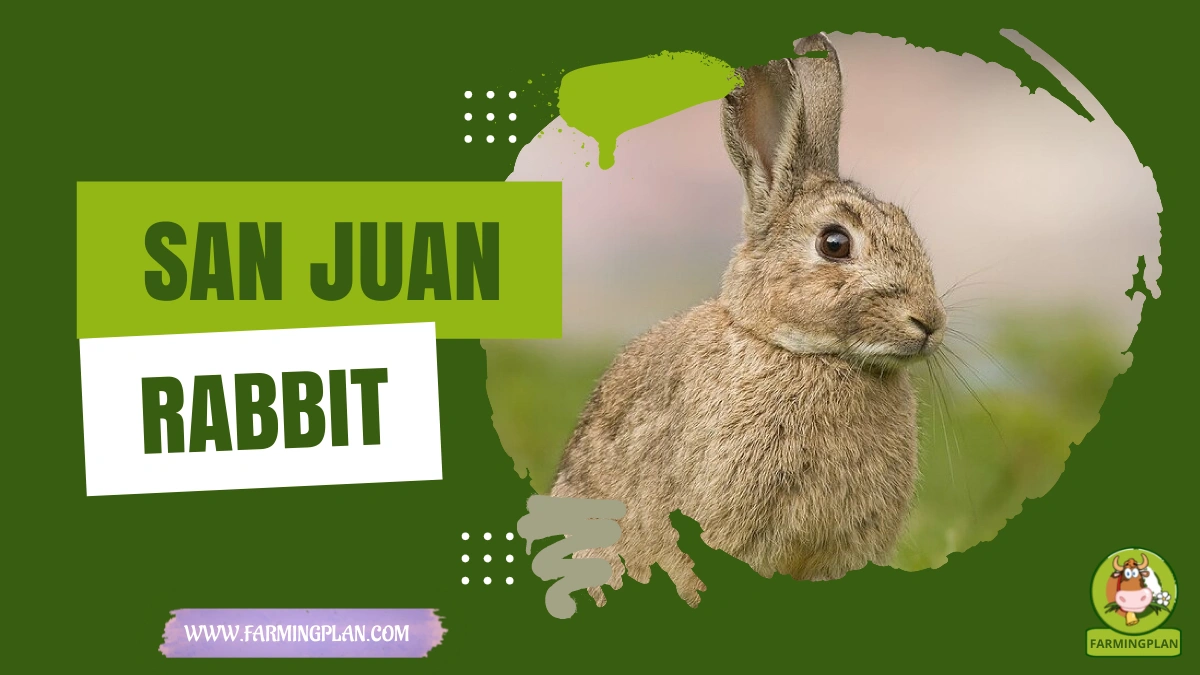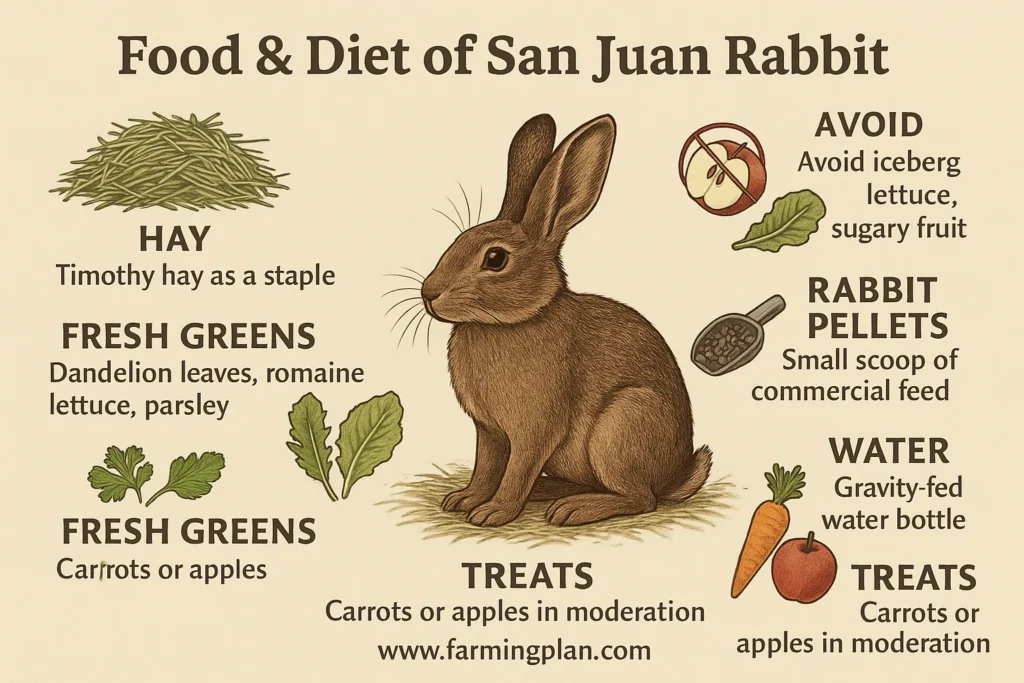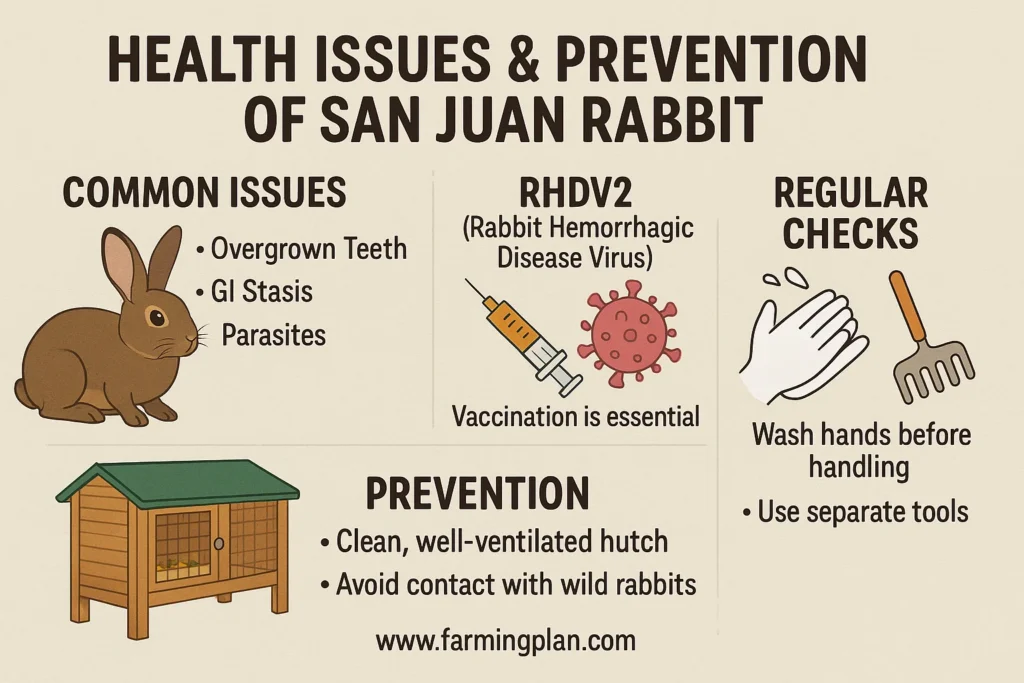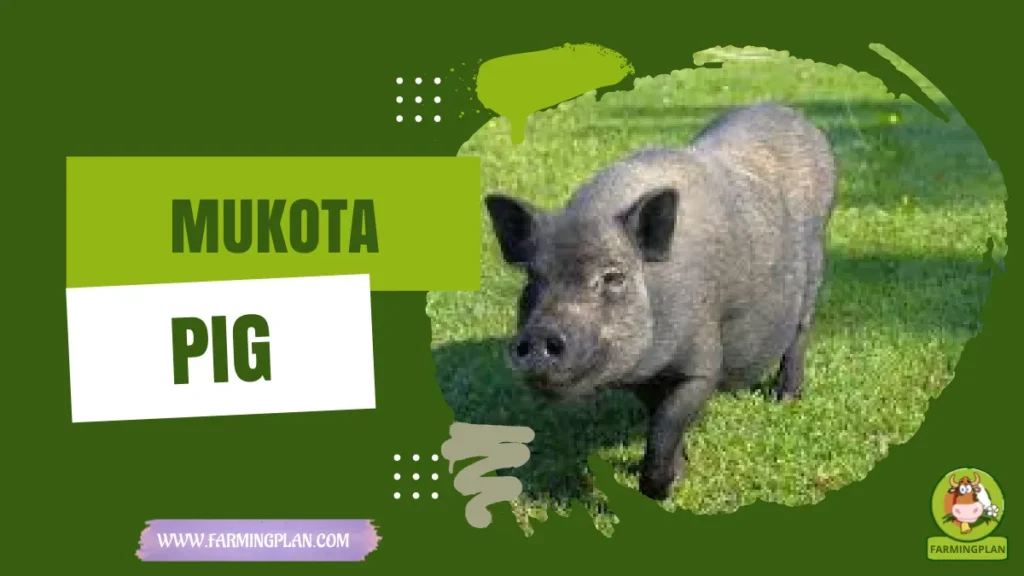If you’re a rabbit lover, farmer, or just curious about island wildlife, the San Juan Rabbit is a name worth remembering. Originating from the scenic San Juan Island in Washington, this rabbit breed stands out for its wild beginnings and current domestic interest. Often seen hopping through meadows or backyard hutches, San Juan Rabbits carry a fascinating story rooted in history, disease management, and invasive species control. Whether you’re here to find San Juan Rabbits for sale, curious about their temperament, or ready to raise them for meat, this article will guide you through every detail you need.

History & Origin of San Juan Rabbit
The San Juan Rabbit’s journey begins on San Juan Island, Washington, where non-native European rabbits were introduced in the 1900s. Initially brought for fur farms or as game animals, these rabbits adapted quickly to island life and became part of a wild population. Over time, they colonized public lands, including San Juan Island National Historical Park, and caused major ecological concerns.
This unique history of adaptation and survival is a testament to the resilience of the San Juan Rabbit, making it a fascinating subject for rabbit enthusiasts and wildlife lovers alike. Locals witnessed an explosion in population, especially near Cady Mountain and the parklands. By the early 2000s, their presence led to issues with erosion, native plant destruction, and disease outbreaks like Rabbit Hemorrhagic Disease (RHDV2).

The Washington State University and park officials launched control measures, but despite being labeled invasive, these rabbits found fans who tamed them for domestic use. Now, the San Juan Rabbit is both a symbol of environmental debate and a hearty breed kept by dedicated breeders and farmers. While not officially recognized as a breed, its distinct island lineage gives it a story no other rabbit shares.
Read More: Beautiful Cubalaya Chicken: A Remarkable Heritage Breed
Characteristics of San Juan Rabbit
San Juan Rabbits resemble the European rabbit (Oryctolagus cuniculus) with their sleek bodies, medium build, and pointed ears. Animals usually have a natural coat that comes in tones from brown, grey or agouti which makes them very hard to notice. Since their fur is thick and short, it is straightforward to care for.
This agility and quick awareness in pets show that they are descended from wild rabbits. Since rabbits are typically between 4 and 6 pounds, they are perfect for getting meat or having as pets that need less care. Because of their strong hind legs and slim physique, they can move fast if they sense danger.
Because the San Juan Rabbit is tough and adaptable, it is a suitable pet or source of meat for people who want something simple to raise. Since San Juan Rabbits are used for survival instead of looks, they are bred differently than show rabbits. Their sharp senses, quick reflexes, and instinctive behaviors make them unique among domestic breeds. Still, with the right care, they tame well and bond with consistent human interaction.
Nature & Temperament
Despite their wild ancestry, San Juan Rabbits can be surprisingly gentle. When raised in a calm environment and handled from a young age, they become friendly, curious companions. They bond slowly but are loyal once trust is earned. I’ve found them to be alert but not aggressive. They’re more likely to freeze or hide than bite. This makes them great for owners who have the patience to build trust.
Their active nature means they love space to explore, so a roomy enclosure or supervised outdoor time works best. If you’re planning to introduce them to children, supervision is key. They may get skittish with sudden movements or loud sounds. But once they feel safe, San Juan Rabbits offer the best of both worlds: a bit of the wild and a lot of charm.
Food & Diet of San Juan Rabbit
Feeding San Juan Rabbits properly ensures a long, healthy life. Their diet should mirror that of wild rabbits while incorporating quality commercial feed. I always start with high-fiber hay, like Timothy hay, as the staple. It keeps their digestive system moving and their teeth in check. In addition to hay, fresh greens should be a part of their daily diet. Think dandelion leaves, romaine lettuce, or parsley.

Avoid iceberg lettuce and sugary fruits; these can cause stomach upset. A small scoop of commercial rabbit pellets rounds out the meal, providing balanced nutrients. Add a serving of fresh greens daily – think dandelion leaves, romaine lettuce, or parsley. Avoid iceberg lettuce and sugary fruits; these can cause stomach upset.
A small scoop of commercial rabbit pellets rounds out the meal, providing balanced nutrients. Clean water is a must. I use gravity-fed water bottles to prevent contamination. Treats like carrots or apples are fine in moderation. And remember, no sudden diet changes – rabbits have sensitive stomachs. Introduce new foods slowly and monitor their behavior and droppings for any signs of trouble.
Usage & Purpose
The first settlers and locals used to catch San Juan Rabbits for the meat. Since they were slim and reproduced in large numbers, they were dependable for food. Farmers today use small farms to produce meat because rabbits are easy to care for and quickly mature. At the same time, their adjusting skills attract many pet owners. Families, hobbyists, and homesteaders enjoy raising them for their tameable nature and rustic charm.
They’re also sometimes used in educational farm programs or as a learning step for new rabbit breeders. Some breeders are even working to formalize their traits into a recognized breed. Whether for meat, companionship, or educational use, the San Juan Rabbit is proving to be more than just an invasive island species.
Special Features
One of the most fascinating things about San Juan Rabbits is their survivor spirit. These animals endured harsh winters, predators like San Juan Island foxes, and even disease outbreaks. This resilience has made their genetics hardy and robust.
They also boast excellent camouflage, blending easily into natural landscapes thanks to their earthy coat colors. Their semi-wild lineage makes them more alert and self-reliant than many domestic breeds. Another standout trait? Their low noise level. Unlike some breeds that thump or squeal, San Juans are quiet and peaceful. They’re ideal for urban homesteads or rural barns alike.
Read More: Afrikaner Cattle: The Ultimate Hardy Breed for Heat, Strength & Superior Beef
Health Issues & Prevention of San Juan Rabbit
Like all rabbits, San Juan Rabbits can suffer from common issues such as overgrown teeth, GI stasis, or parasites. However, the Rabbit Hemorrhagic Disease Virus (RHDV2) is a major concern. This deadly illness spread rapidly on San Juan Island and decimated many feral populations. I always vaccinate my rabbits where possible and keep them in clean, well-ventilated hutches.

Vaccination is a crucial part of rabbit care, especially for preventing diseases like Rabbit Hemorrhagic Disease Virus (RHDV2). This deadly illness spread rapidly on San Juan Island and decimated many feral populations. In addition to vaccination, avoiding contact with wild rabbits or places where rabbit urine or feces may spread disease is important. Wash hands before handling, and use separate tools for each rabbit group.
Regular checks are crucial. Monitor their appetite, droppings, coat condition, and energy levels. Quick action can prevent a minor issue from becoming a fatal one. By staying vigilant and proactive in their health monitoring, rabbit owners can ensure the well-being and longevity of their San Juan Rabbits, fostering a sense of responsibility and commitment.
“Raising San Juan Rabbits Is Like Tending Nature’s Puzzle – Both Challenging And Rewarding!”
Step-by-Step Rabbit Farming Guide For Beginners
Step 1: Choose The Right Location
Pick a quiet, shaded area away from predators and loud noise. San Juan Rabbits are sensitive and need calm environments. Make sure the ground drains well to avoid flooding.
Step 2: Build Secure And Spacious Hutches
Create hutches with solid wood and galvanized wire. Add a nesting box and soft bedding. I recommend six sq ft per rabbit, with good airflow and protection from rain or snow.
Step 3: Create A Balanced Diet Plan
Feed a mix of hay, greens, and commercial pellets. Adjust portion sizes based on age and activity level. Fresh water should be available 24/7.
Step 4: Monitor Health Daily
Check for signs of sickness: runny nose, dull coat, or lack of droppings. Clean the cage weekly and disinfect monthly. Rotate grazing areas to avoid parasite build-up.
Step 5: Breeding & Baby Care
Only breed healthy, mature rabbits. Provide nesting boxes and soft bedding. Keep kits warm and monitor the mother’s behavior closely. Wean babies after 6-8 weeks.
Expert Tips & Best Practices
- Handle rabbits daily to tame them early.
- Don’t overcrowd your hutches; stress leads to health issues.
- Use a double-door entry to prevent escapes during feeding.
- Rotate your feed sources for variety and nutritional balance.
- Introduce new rabbits slowly to avoid fights or disease spread.
FAQs
Are San Juan Rabbits good for beginners?
Yes, they make great starter rabbits with the right care due to their hardy nature and manageable size.
Can San Juan Rabbits live indoors?
Yes, but they need exercise space and chew-proofed environments to prevent damage and boredom.
Are San Juan Rabbits recognized as an official breed?
Not yet. They descend from European rabbits and aren’t formally listed in breed registries.
How do you prevent Rabbit Hemorrhagic Disease?
Vaccinate when possible, keep them isolated from wild rabbits and maintain strict hygiene.
What should I feed baby San Juan Rabbits?
They should nurse until about 6 weeks old, then transition gradually to hay and pellets.
Conclusion
Raising San Juan Rabbits has been one of the most rewarding parts of my experience as a small-scale farmer. These hardy, low-maintenance animals offer great potential whether you’re looking for a food source, a charming pet, or a new hobby. Their backstory – from wild invaders to beloved backyard bunnies – adds a layer of appreciation that few animals can match. Just remember: give them space, feed them well, and watch their health like a hawk. If you’re ready to dive in, there’s never been a better time to start raising San Juan Rabbits. Grab your gear, build that hutch, and join the rabbit-loving community today!


